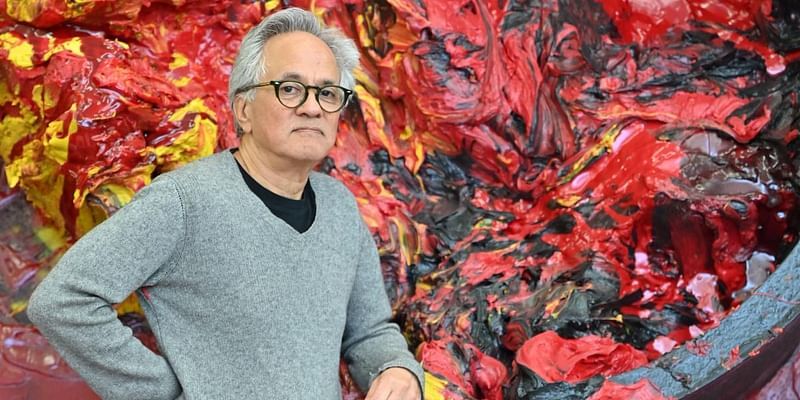
The Indian art landscape has witnessed remarkable performances and achievements over the years, and 2023 is no exception. On August 17, the Hurun Research Institute unveiled the much-anticipated India Art List 2023, showcasing the most influential and financially successful artists from the country.
The British-Indian sculptor, Anish Kapoor, has clinched the top spot on this coveted list for the fifth year in a row, with a jaw-dropping turnover of ₹91 crore. Known globally for his captivating sculptures, Kapoor’s priciest artwork is valued at an impressive ₹9.27 crore. This win solidifies Kapoor’s reign in the Indian art market, asserting his indisputable influence and talent.
Following closely behind Kapoor is Arpita Singh, whose turnover reached ₹24.71 crore. Interestingly, despite her second-place ranking in terms of turnover, Singh’s artwork surpasses Kapoor’s in value; her most expensive piece in India is worth a whopping ₹11.32 crore.
Jogen Chowdhury, a revered figure in the Indian art scene, occupies the third spot. The veteran painter reported a turnover of ₹19.76 crores, with his highest valued artwork priced at ₹4.40 crores.
Fourth on the list is Vadodara’s multi-talented Gulam Mohammed Sheikh, a painter, poet, and art critic. With a turnover amounting to ₹17.88 crores, Sheikh boasts an artwork that stands out for its immense value – a staggering ₹16.89 crores. This makes it the most expensive artwork among the top 10 artists on the list.
The list prominently features Krishen Khanna and Sakti Burman in the fifth and sixth spots. Taking the seventh place is the notably young talent, 26-year-old Raghav Babbar, marking his debut in the top ten. Babbar, as the list’s youngest entrant, underscores the emerging prowess of India’s youthful artists, boasting an impressive turnover of ₹11.77 crores.
Rounding out the top 10, visual artist Rameshwar Baroota, modern painter Anju Dodiya, and Delhi-based Subodh Gupta secure the eighth, ninth, and tenth positions in order.
This year’s list not only celebrates the seasoned stalwarts of the Indian art scene but also provides a glimpse into the promising future of Indian art, as seen with the inclusion of younger artists. As the Indian art market continues to flourish, it’s evident that the country’s artists are making significant waves, both nationally and globally.



![Read more about the article [Funding alert] Electric aircraft startup The ePlane Company raises $5M led by Speciale Invest & Micelio](https://blog.digitalsevaa.com/wp-content/uploads/2022/01/eplane-1641795484158-300x150.png)
![Read more about the article [Techie Tuesday] Meet Coinbase CPO Surojit Chatterjee, who has built core products at Google and Flipkart](https://blog.digitalsevaa.com/wp-content/uploads/2022/04/Surojit-1649734335062-300x150.jpeg)





